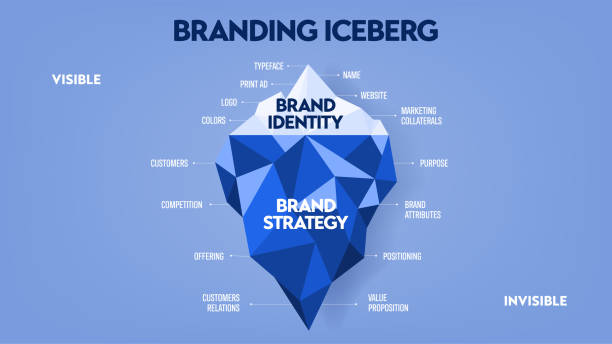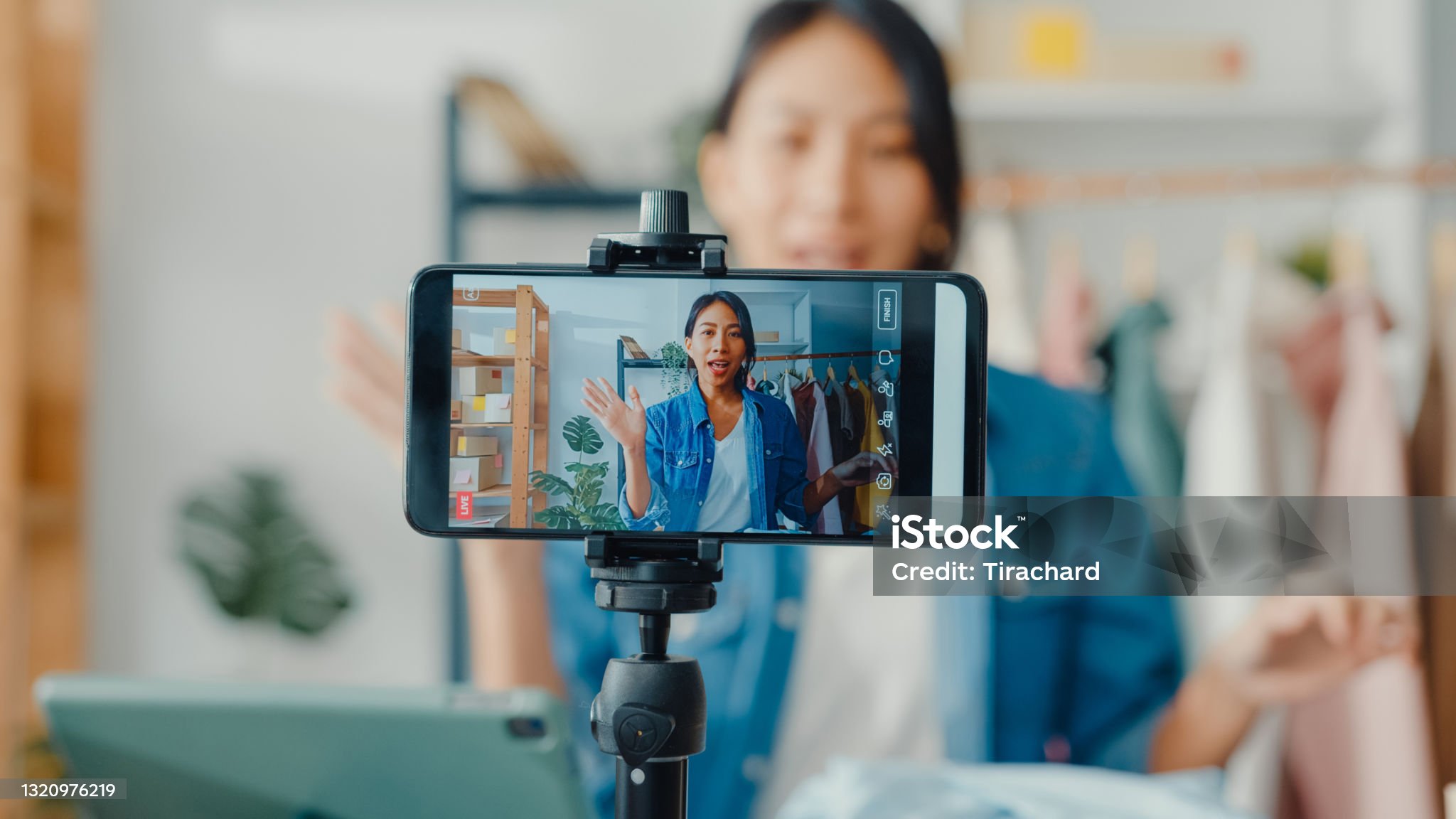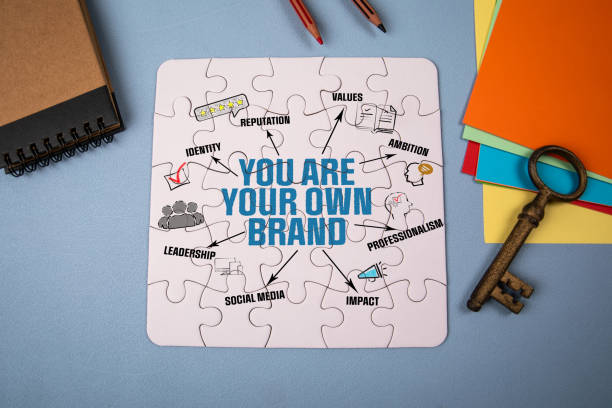Have you ever wondered why some brands just stick with us? What makes their logos, colors, and imagery linger in our minds, creating a sense of trust and connection? Visual branding isn’t just about making your business look good – it’s about crafting a recognizable and memorable identity that resonates deeply with your audience. In today’s highly visual world, standing out is crucial. But how exactly does visual branding elevate your business identity, and why should it matter to you? So, let’s explore how the right visuals can transform the way your business is perceived and experienced.
What is Visual Branding?
Visual branding is the combination of elements like logos, color schemes, typography, imagery, and design styles that together create a cohesive look for your brand. Additionally, think of it as the “face” of your business. Visual branding helps convey your business’s values, personality, and unique qualities without a single word. When done right, it can communicate professionalism, authenticity, and even emotional connections with your audience.
Example: Consider the iconic swoosh of Nike or the minimalist apple icon from Apple Inc. Both brands are instantly recognizable due to their strong visual branding. They’ve managed to convey not only the name of the company but also the lifestyle and values associated with it.
Why Visual Branding Matters for Your Business Identity
Visual branding is much more than design—it’s about identity, differentiation, and perception. So, it’s the first impression your brand makes and a core part of how customers remember and relate to you. Here’s how a strong visual brand identity helps your business.
1. Building Recognition
A consistent visual brand helps customers recognize you across different platforms. Whether they see your logo on social media, your website, or even on a storefront, a recognizable brand identity keeps you in the customer’s mind. Familiarity breeds trust, and trust leads to loyalty.
Pro Tip: Keep a consistent color palette and logo placement across all marketing materials. Moreover, this uniformity strengthens brand recognition and makes it easier for customers to identify you.
2. Creating Emotional Connections
People remember brands that evoke feelings, and visual elements can be a powerful trigger for emotions. So, colors, images, and designs can evoke everything from excitement to calmness, setting the tone for how customers feel about your brand.
For instance, colors are closely tied to psychology: blue often conveys trust and professionalism, while green is associated with growth and sustainability. Additionally, choosing the right colors and design elements can help you connect with your audience on an emotional level, making your brand memorable.
3. Differentiating from Competitors
In a crowded marketplace, differentiation is vital. A unique visual identity makes you stand out from competitors who may offer similar products or services. Also, by investing in strong visual branding, you’re making a statement about what makes your brand different.
Example: Think about Coca-Cola and Pepsi. Both companies sell similar products, but their visual branding—Coca-Cola’s iconic red and Pepsi’s blue—sets them apart, creating loyal followings for each brand.
4. Conveying Professionalism and Credibility
Customers are likely to trust and invest in a brand that looks polished and professional. Additionally, visual branding helps establish credibility by showing that you’ve put thought and effort into your brand’s appearance. So, this professional presentation assures potential customers that your business is reliable and trustworthy.
Tip: Invest in quality visuals, such as a professionally designed logo and high-quality images. Also, a polished appearance suggests that your business pays attention to detail and is serious about providing value.
5. Guiding Customer Expectations
Your brand’s visuals can help set expectations about what kind of experience your customers can expect. For example, a luxury brand may use sophisticated fonts and muted colors to convey exclusivity, while a playful children’s brand might use bright colors and friendly illustrations.
Visual branding becomes a silent guide, letting customers know what to expect from your brand before they interact with it. Furthermore, consistent visuals foster trust, as they reassure customers they are in the right place and help create a sense of familiarity.
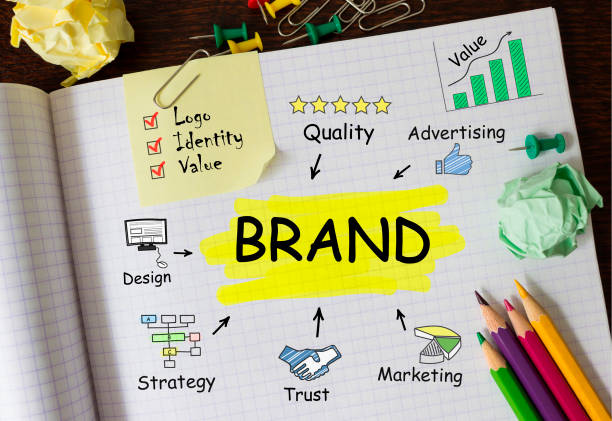
Key Elements of Effective Visual Branding
Now that you know the “why” behind visual branding, let’s look at the “what.” Here are some core elements that should be part of your visual brand.
1. Logo Design
Your logo is the cornerstone of your brand identity. Additionally, it’s usually the first thing customers see and often serves as a symbol that represents your entire business. So, an effective logo should be simple, memorable, and versatile, working well across all mediums.
2. Color Palette
Color is a powerful tool in visual branding, capable of evoking emotions and reinforcing brand values. Also, your brand’s color palette should align with the emotions you want your audience to feel. For example, if you’re a wellness brand, soft greens and blues may work best, whereas a tech brand might go with bold and sleek colors like black or silver.
3. Typography
Typography includes the fonts and styles of text you use in your branding. Whether it’s bold and modern or classic and elegant, typography sets the tone for how your brand communicates.
4. Imagery and Icons
Photos, illustrations, and icons should all reflect your brand’s values and audience. Moreover, if your brand is fun and youthful, playful illustrations and bright images are ideal. Also, if you’re aiming for a professional tone, opt for high-quality, polished images and minimalist icons.
Steps to Create an Impactful Visual Brand Identity
- Define Your Brand’s Personality and Values
Start by identifying your brand’s core values and personality traits. Ask questions like, “What does my brand stand for?” and “How do I want customers to feel?” - Research Your Target Audience
Understand your audience’s preferences and what resonates with them visually. Younger audiences might gravitate toward bold colors and playful fonts, while a professional audience might prefer clean lines and muted tones. - Choose Colors that Align with Your Brand’s Message
Select colors that not only look good but also convey your brand’s message and values. Also, use color psychology to choose shades that evoke the right emotions in your audience. - Work with a Professional Designer
If possible, hire a professional to create a logo and brand visuals that reflect your identity. Additionally, designers understand the nuances of branding and can help ensure that your visuals look professional and cohesive. - Create a Style Guide
A style guide is essential for maintaining consistency across all platforms. So, it should include specifications on logo usage, color codes, typography, and image guidelines. - Test and Gather Feedback
Once your visuals are ready, test them with your audience. Also, collect feedback and observe how they react. So, tweak your branding if needed to ensure it resonates with your target market.
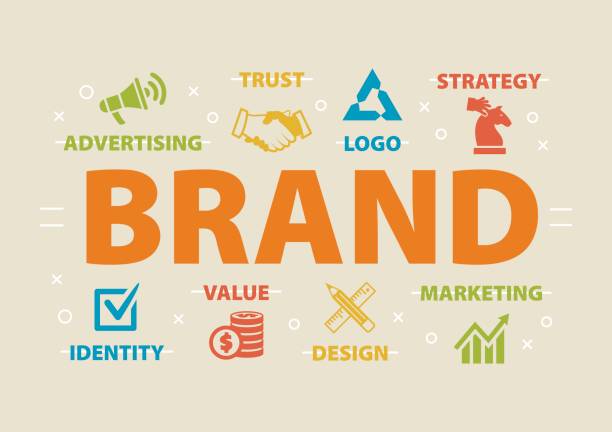
Visual Branding in Action: Real-World Examples
Example 1: Airbnb
Airbnb’s branding revolves around belonging. Additionally, their “Bélo” logo—a simple, universal symbol of belonging—perfectly conveys the company’s values. Also, their choice of friendly colors and modern typography gives them a welcoming, contemporary feel.
Example 2: Starbucks
Starbucks uses green as its primary color, a choice that symbolizes growth and harmony. Their visual branding communicates an upscale but accessible vibe, reflecting the experience they want their customers to have.
How to Measure the Impact of Visual Branding
To see if your visual branding is effective, track metrics such as brand recognition, customer loyalty, and engagement rates. Also, surveys and feedback can help assess how well your branding resonates. Increased recognition and loyalty often indicate that your visual branding is making the intended impact.
Conclusion: Elevate Your Brand with Strong Visuals
Visual branding is more than just a look; it’s the essence of how your business is perceived. Additionally, by investing in thoughtful, consistent visuals, you’re creating a memorable brand identity that resonates, connects, and elevates your business. Whether you’re building a new brand or refining an existing one, powerful visuals can make a lasting impression that sets your business apart.
So, ready to create a visual identity that captures attention and builds trust? Start designing a brand that stands out today!


